Loquat (Eriobotrya japonica) is a sweet and tangy fruit native to southeastern China but now enjoyed in many parts of the world. With its golden skin, juicy flesh, and mild tropical flavor, loquat is not only popular for fresh consumption but also valued in jams, jellies, and traditional medicine. As global interest in exotic fruits rises, loquat production has seen significant shifts, with various countries contributing to its supply chain in unique ways.
In this article, we’ll explore the top loquat-producing nations, global production trends, and what makes certain regions ideal for cultivating this delicious subtropical fruit.
Global Overview of Loquat Production
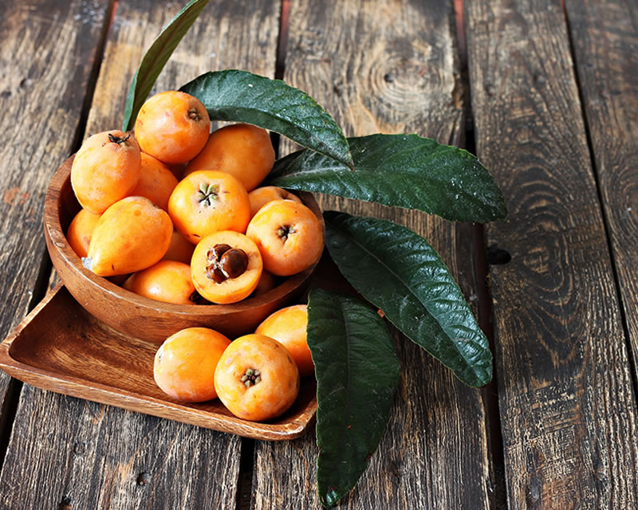
Loquat grows best in subtropical to mild temperate climates. Its short shelf life and sensitivity to frost make it suitable for regions with mild winters and warm springs. As a result, loquat cultivation is mostly concentrated in Asia, the Mediterranean, and parts of the Americas.
Key Global Insights:
- China remains the undisputed leader in loquat production.
- Spain, Turkey, and Japan dominate the export market due to superior post-harvest handling.
- Production is growing in India, Pakistan, and Brazil, driven by local demand and favorable climates.
China – The Largest Loquat Producer in the World
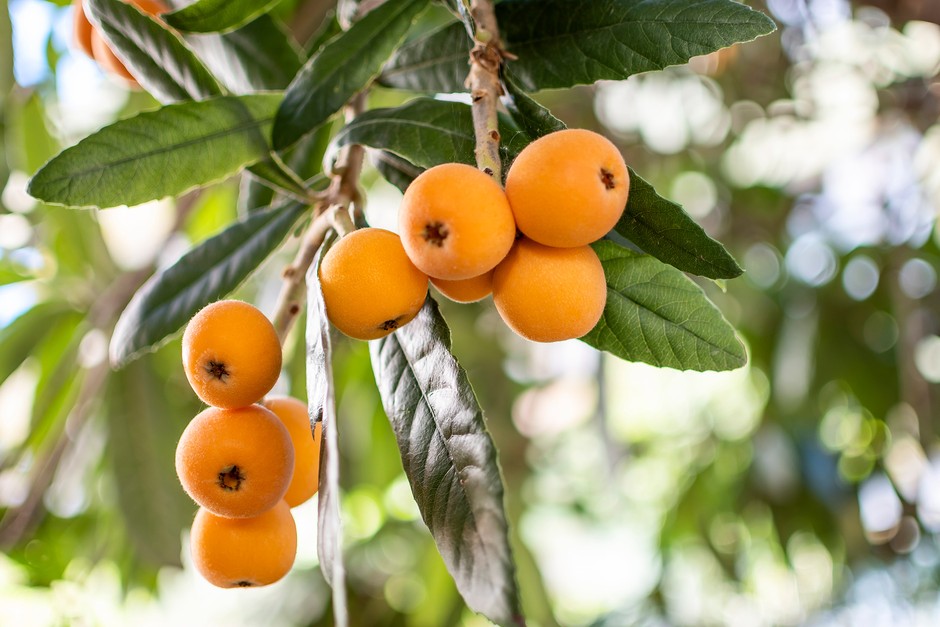
China is both the birthplace and the largest producer of loquat, accounting for over 80% of the global output.
Why China Leads:
- Favorable climate: Southern provinces like Fujian, Guangdong, and Sichuan have ideal conditions.
- Cultural importance: Loquat has been cultivated in China for over 2,000 years and is ingrained in local cuisine and traditional medicine.
- Government support: Subsidies and agricultural policies have helped modernize production methods.
Key Stats:
- Annual production: Over 500,000 metric tons.
- Varieties: Includes ‘Big Five Stars’, ‘Early Red’, and ‘Jiefangzhong’.
- Market focus: Mostly domestic, with growing exports to East and Southeast Asia.
Spain – Europe’s Loquat Powerhouse
Spain is the largest loquat producer in Europe and one of the most important exporters globally.
Production Highlights:
- Region: The province of Alicante (especially the Callosa d’en Sarrià region) is the core growing area.
- Varieties: Dominated by the ‘Algerie’ cultivar.
- Protected Designation: The “Níspero de Callosa d’en Sarrià” has a Protected Designation of Origin (PDO) label in the EU.
Key Stats:
- Annual production: Around 30,000–40,000 metric tons.
- Exports: Primarily to France, Italy, and Germany.
- Strength: Superior quality, post-harvest handling, and branding in the European market.
Turkey – Rising Mediterranean Producer
Turkey is another strong player in the loquat scene, with production focused along its southern Mediterranean coast.
Key Regions:
- Mersin, Adana, and Antalya provinces.
Characteristics:
- Varieties: ‘Hafif Çukurgöbek’, ‘Ottoman’, and local Turkish selections.
- Market: Both domestic consumption and exports to nearby Middle Eastern and European countries.
Key Stats:
- Annual production: Estimated at 20,000–25,000 metric tons.
- Challenges: Limited cold chain infrastructure affects export potential.
Japan – High-Quality Niche Producer
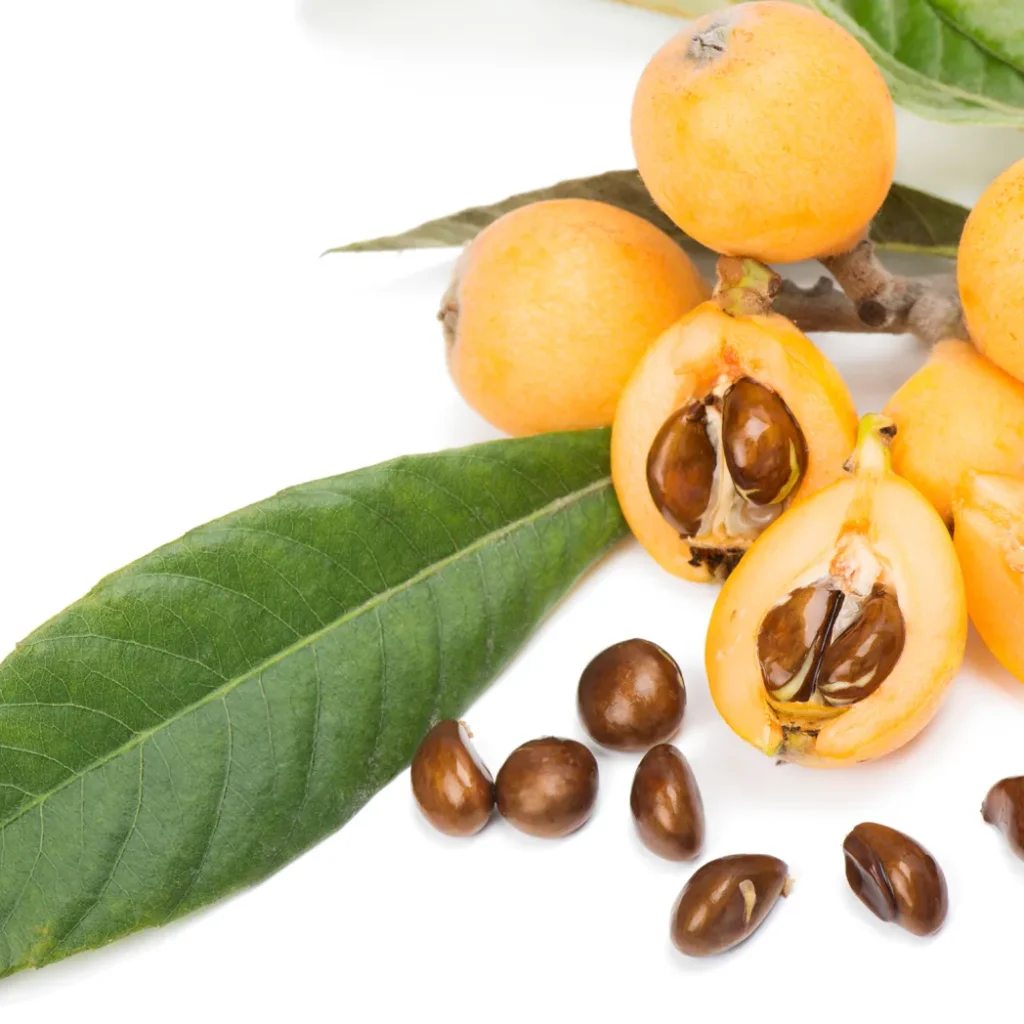
Although Japan’s loquat production is smaller in volume, it is renowned for its premium quality and selective breeding.
Notable Aspects:
- Region: Nagasaki and Ehime Prefectures are key producing areas.
- Varieties: ‘Mogi’ and ‘Tanaka’ are prized for their flavor and size.
- Technique: Japanese farmers focus on hand-pollination, pruning, and thinning for higher-quality fruits.
Market Dynamics:
- Annual production: Roughly 10,000–15,000 metric tons.
- Consumption: Primarily domestic, with high prices due to quality and branding.
- Export: Limited, mostly to niche Asian markets.
India – An Expanding Market
India’s loquat production is growing, especially in the northern states like Punjab, Himachal Pradesh, and Uttarakhand.
Trends:
- Domestic consumption: Rising due to health benefits and increased awareness.
- Challenges: Short shelf life and lack of proper cold storage facilities limit export capabilities.
Stats:
- Annual production: Estimated at 7,000–10,000 metric tons.
- Outlook: High potential if post-harvest technologies improve.
Pakistan – Climatic Advantage, Growing Market
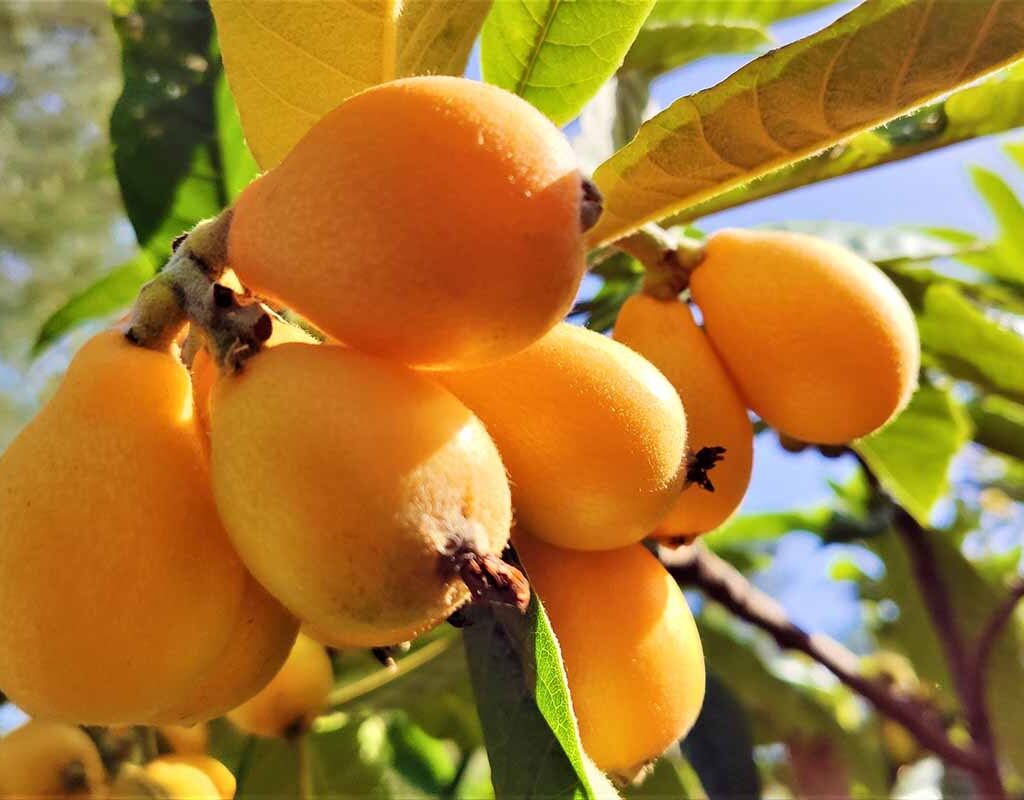
Pakistan also has favorable climatic conditions for loquat, especially in Punjab, Khyber Pakhtunkhwa, and Balochistan.
Characteristics:
- Harvest season: February to April, earlier than many other producing nations.
- Domestic focus: Consumed locally, particularly during Ramadan for hydration and digestive benefits.
Key Stats:
- Annual production: Around 8,000–9,000 metric tons.
- Potential: Export opportunities could increase with better infrastructure.
Brazil – South America’s Leading Producer
In South America, Brazil leads in loquat farming. The country has embraced the fruit for its nutritional value and medicinal uses.
Regions:
- São Paulo and southern Brazil.
Outlook:
- Annual production: Estimated at 6,000–7,000 metric tons.
- Consumption: Mostly local, with some potential for export to neighboring countries.
Loquat Export Trends

While China produces the most, Spain, Turkey, and Japan are the leading exporters due to their:
- Better post-harvest handling.
- Efficient supply chains.
- Branding and marketing.
Major Importers:
- France
- Germany
- Italy
- Middle Eastern nations
- Southeast Asia
Why Demand for Loquat Is Growing
Several factors are driving increased interest in loquat:
- Health benefits: Rich in vitamins A and C, fiber, and antioxidants.
- Culinary uses: Used in desserts, preserves, teas, and salads.
- Exotic appeal: Part of the global trend of exploring niche, tropical fruits.
Challenges in Loquat Farming
Despite its popularity, loquat farming faces several hurdles:
- Short shelf life: Limits long-distance transport and export viability.
- Lack of awareness: Especially in Western countries where it’s still relatively unknown.
- Climate sensitivity: Vulnerable to frost and inconsistent weather patterns.
- Labor-intensive: Thinning, pruning, and harvesting are mostly done by hand.
Future Outlook
The global loquat market is poised for steady growth, especially as demand for exotic and health-promoting fruits continues to rise. Countries with efficient logistics and branding — like Spain and Japan — are likely to gain market share. At the same time, rising producers like India, Brazil, and Pakistan have great potential if they invest in cold storage, better packaging, and awareness campaigns.
Conclusion
Loquat may not yet be a global staple, but its journey from traditional Asian orchards to modern supermarket shelves reflects a fascinating trend in agriculture and trade. With China as the volume leader, Spain as the quality king, and others catching up fast, the story of loquat production is as dynamic and flavorful as the fruit itself.
As consumers seek out new flavors and superfruits, the humble loquat could soon find itself in the global spotlight — one golden bite at a time.

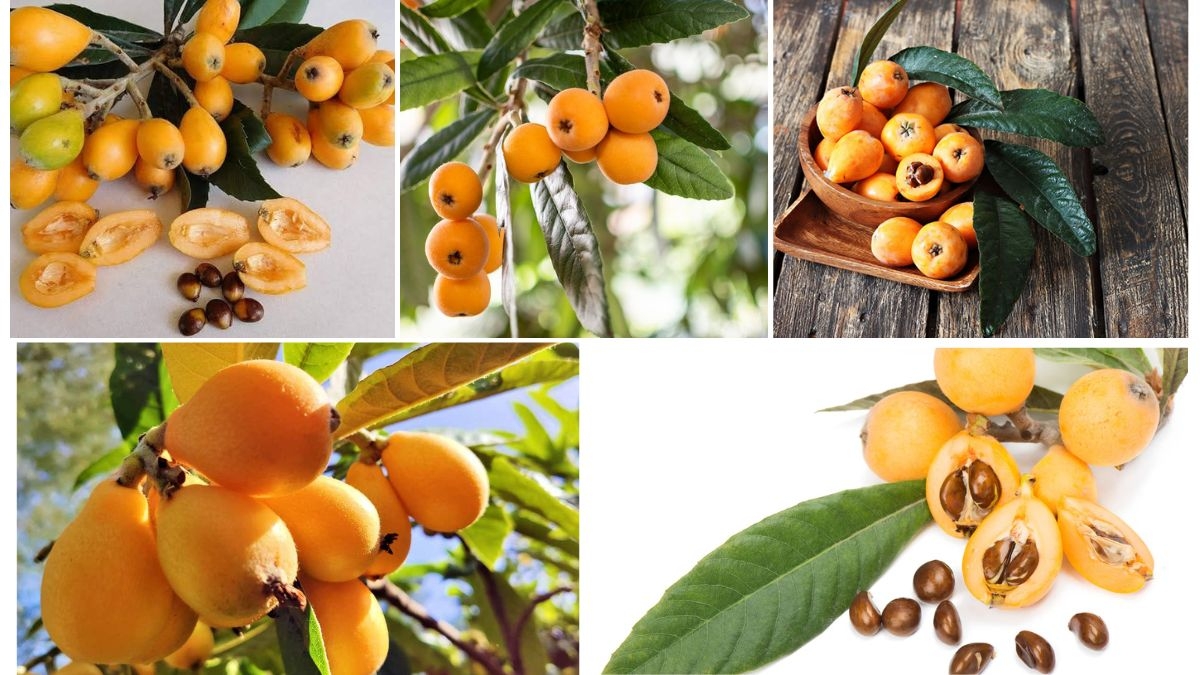





Leave A Comment